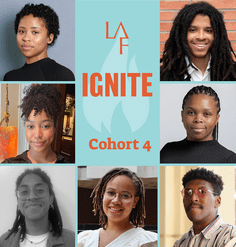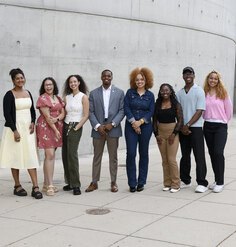Olmsted Scholar Feature: Design Communication
By Amanda Jeter, 2010 National Olmsted Scholar Finalist
The profession of landscape architecture offers a nuanced understanding of how to design meaningful cultural places that have positive relationships with environmental systems. Unfortunately, our ability to convey this vital message to the public is limited by our communication skills. Upon his retirement as editor of Landscape Architecture magazine, William Thompson commented that “overall, writing in this profession is in a very sad state [and landscape architecture] will never reach its full potential in this age of communication with the handicap of bad writing” (The Dirt ASLA, 9/14/2009). To help improve communication, I have directed my research and advocacy focus as a graduate landscape architecture student to help promote writing skills and design communication within the profession.
In 2008, I led a group of fellow first-year graduate MLA students at the University of Colorado Denver to start ROOT—an annual publication highlighting the values and concerns of landscape architecture students and professionals. The 2009 inaugural issue, Unexpected Landscapes, featured an interview with Walter Hood, an article about the efforts of Chilean landscape architects to recover native plant materials, and a piece exploring the trapezoidal green roof installation on David Adjaye’s Denver Museum of Contemporary Art.
A visit by former ASLA president Angela Dye inspired the 2010 ROOT topic, Resourceful Obstacles. Mark Twain commented that “whiskey is for drinking, water is for fighting over,” and Resourceful Obstaclesaddresses Colorado water law and its attendant limitations on sustainable water use as well as economic and theoretical obstacles to ingenious design. Resourceful Obstacles features contributions by Michael Leccese (former senior editor of Landscape Architecture magazine), a profile on landscape architect and acclaimed writer Anne Whiston Spirn, and a case study on the effects of Colorado’s water law through the story of Riverside Cemetery.
Visit www.root-land.org to see PDFs of both publications and post comments on our blog. Also on the ROOT website is information on submitting articles to ROOT volume 3, Forgotten Spaces.
Amanda received her Master’s Degree in Landscape Architecture this summer while completing an internship at Rocky Mountain National Park. She is currently a lecturer at the University of Colorado Denver’s College of Architecture and Planning.










